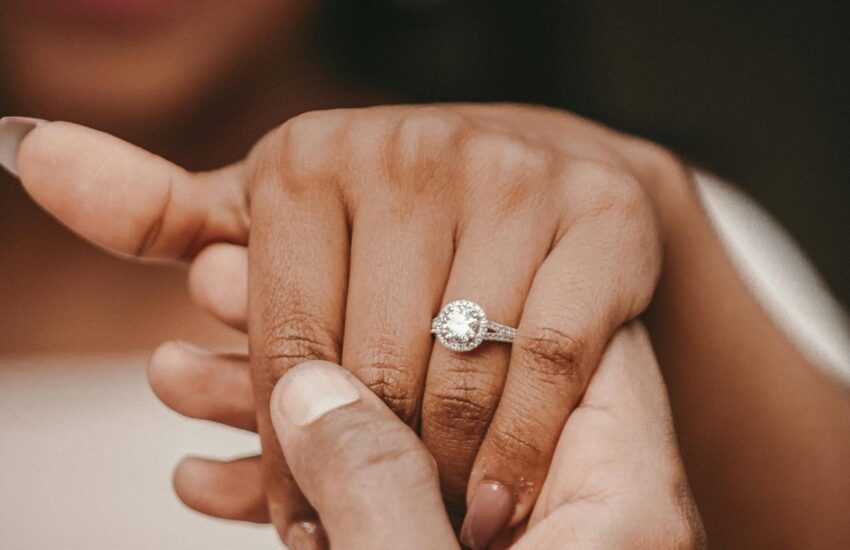Diamond Clarity Explained
Looking for the perfect diamond? Not sure what to consider before buying? Although there are many factors to think about when it comes to one of the world’s most desired stones, clarity is a major one.
So, let’s explore what diamond clarity is and how it’s determined.
The basics
The clarity of a diamond is its blemishes or inclusions on the surface and internally. The surface imperfections are known as ‘blemishes’ and the internal imperfections are known as ‘inclusions’.
Although these blemishes and inclusions are found after analysis under a microscope and often can’t be detected by the naked eye, stones with the fewest and smallest imperfections have the highest clarity grades (we’ll look at grading next). Of course, it’s worth remembering that every diamond is formed under intense heat and pressure in the Earth’s crust, so all have at least some markings to show for it!
Determining diamond clarity is a lengthy process and includes assessing several characteristics. No diamond is perfect, but the closer it comes to it, the greater its worth and cost.
Grading and clarity
Diamonds go through many stages of grading and a diamond grader uses a powerful microscope to assess a stone’s level of clarity. The below factors are included in the overall clarity assessment to come up with the final grade:
Nature
An inclusion’s nature is what type of imperfection it is, which includes its depth.
Location
If an inclusion is found closer to the centre, its clarity grade will be more significant. On the other hand, if it’s closer to the girdle, it should be more difficult to see. Those located near the stone’s pavilions can also reflect the imperfection, making it more noticeable.
Size
Basically, the larger the imperfection, the higher the negative impact on its grade.
Relief
This refers to how detectable an inclusion is compared to the colour of the diamond, with clear or white imperfections having a lesser impact on the rating than darker blemishes.
Amount
Several imperfections on a stone will lower its rating compared to another with fewer blemishes. After a grader has confirmed these details, the precious stone receives its final, overall grade and will fall into one of the below categories:
- Flawless = no inclusions at 10X magnification.
- Internally Flawless = no inclusions at 10X magnification, but have subtle outer blemishes.
- Very Very Slightly Included = minor inclusions, undetectable with the naked eye and hard to locate even with a microscope.
- Very Slightly Included = slight blemishes that are detected under 10X magnification, but often not without the help of a microscope.
- Slightly Included = inclusions that are visible under 10X magnification and maybe even by the naked eye.
- Included = clear inclusions at 10X magnification, as well as by eye.
Why does clarity matter?
Clarity affects the final cost of a diamond, as stones deemed to have ‘perfect clarity’ are very rare. As a result, clarity is crucial if you’re buying because it can really hike up the price and impact how sparkly your diamond is!
Keep in mind that clarity does not assure a diamond’s beauty and that carat, the stone’s cut and its colour are equally as important when it comes to its appeal and price.




